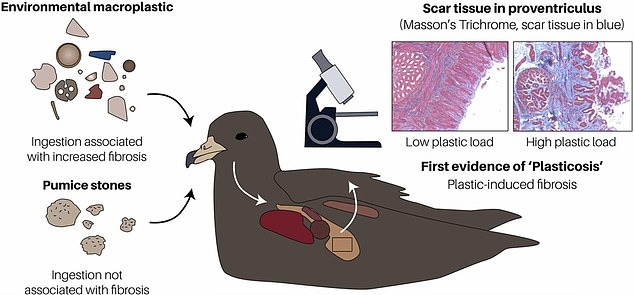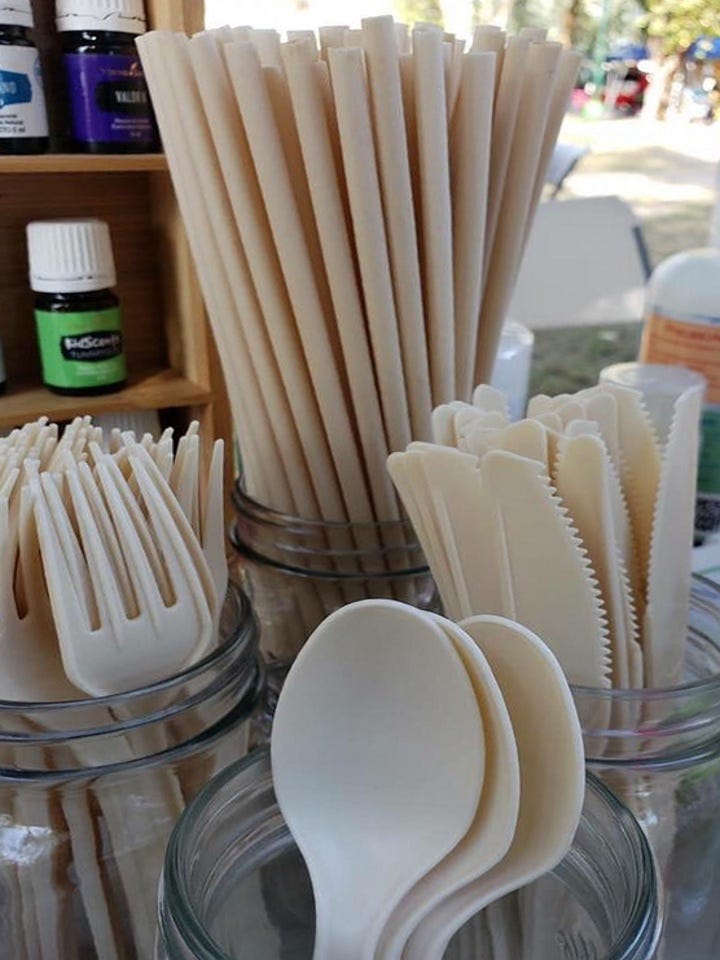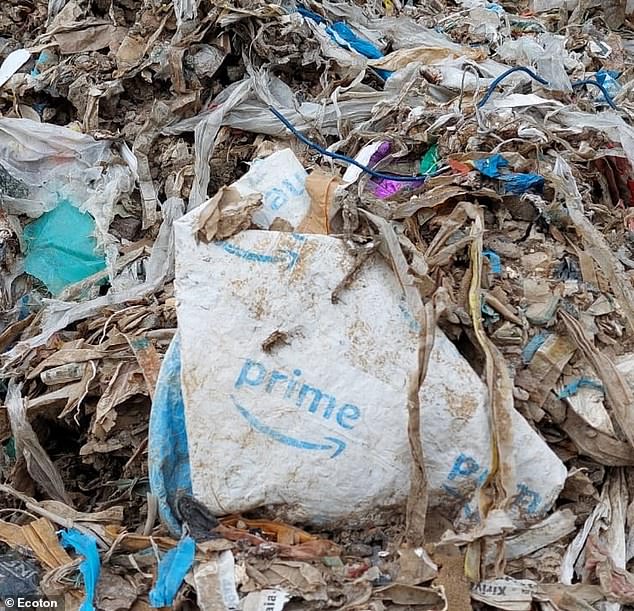Dejan Corovic
As above, so bellow
Just got an idea.
Why don't they throw all this rubbish into some active volcanoes? There are always some that are in a full swing.
Just got an idea.
Why don't they throw all this rubbish into some active volcanoes? There are always some that are in a full swing.
Seems volcanoes would be the perfect place to dump all of our rubbish, old tires, plastics, or just about anything, instead of just burying it all...
...

I can't find the article but I read something the other day about a company in Mexico City that has found a way to make plastic-y stuff out of a renewable material, maybe plant based. They were showcasing the single use forks knives and spoons that we all throw away unused and will go straight to Hell for.
Bioplastics made from avocado pits that completely biodegrade in 240 days created by Biofase, a Mexican chemical engineering company.
MORE

.

